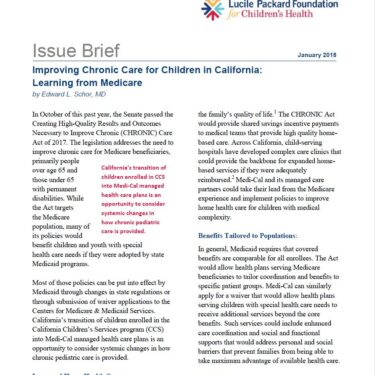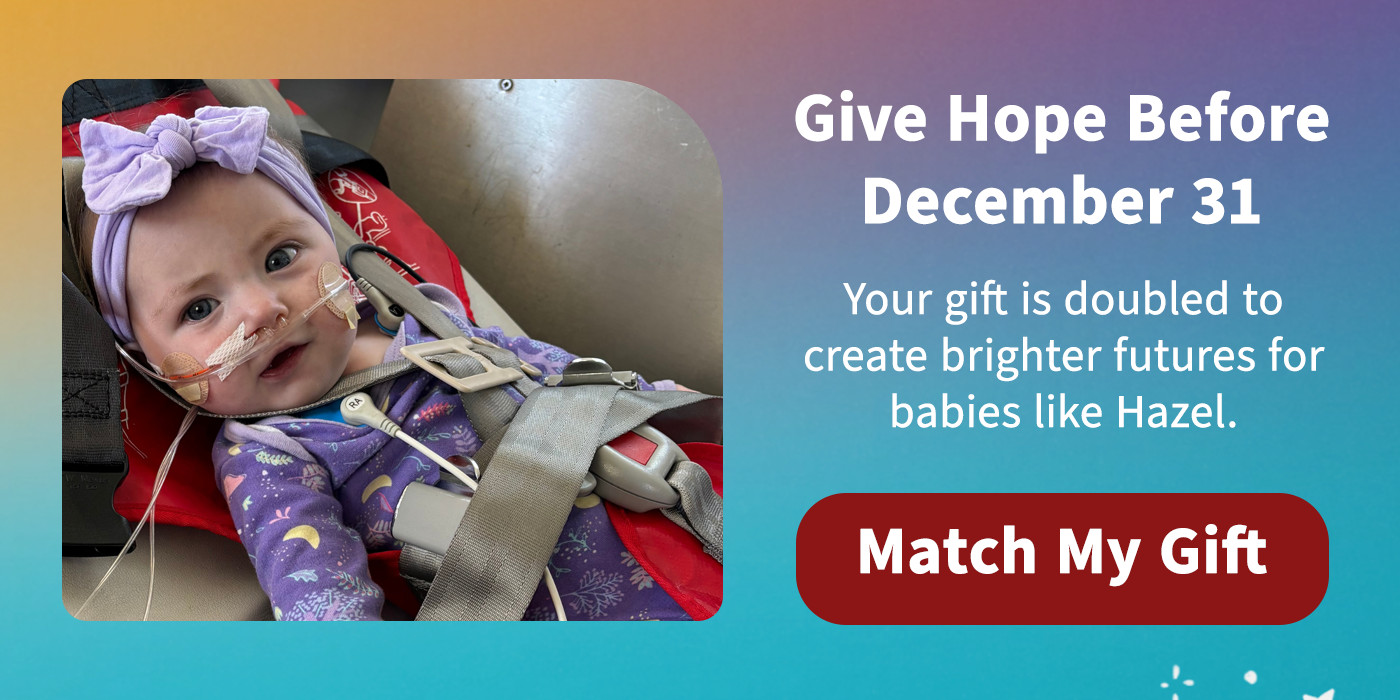Interagency Collaboration to Improve Service Coordination for Children with Special Needs: Lessons from States
Organization: Health Management Associates
Primary Contact: Sharon Silow-Carroll
Grant Amount: $149,890 for 9 months
Date Awarded:
Purpose
Families of children with special needs depend on an extensive array of services, often supported by public agencies. At the state level, these agencies—including health, education, developmental disabilities, mental health, and child welfare—frequently operate in isolation from one another. As a consequence parents frequently spend many hours coordinating among fragmented services and separate payers. Their tasks would be lightened were these various entities to communicate better with one another. This project will identify states that have made progress toward interagency collaboration, and examine their strategies, barriers, and accomplishments. It will offer lessons and potential steps to promote collaboration across departments and systems serving children and youth with special needs, provide policy and operational recommendations to the executive and legislative branches of state government, and offer advocates an agenda to promote.
Outcome
The absence of state administrative structures and processes that would enable interagency communication and collaboration is an unfortunate hallmark of the current systems that serve children with additional needs. This fragmentation and isolation of services is visible in the operation of key state agencies – including health, education, developmental disabilities, mental health and child welfare – and influence how services are provided within counties and communities.
Cross-system collaboration and coordination have the potential to: reduce duplication and fill in gaps in services; promote a more holistic approach to addressing needs spanning different sectors; support families in navigating complicated systems and accessing services; leverage funding to pay for existing and potentially additional services; build capacity in the care system; and improve health outcomes, independence, and quality of life.
This project completed an environmental scan of publications, websites and key informant interviews and identified states that have made progress toward interagency collaboration on behalf of vulnerable children. Six programs in five states were examined in detail to identify collaborative mechanisms focused on fostering communication and coordination across programs. These case studies yielded a set of recommendations as to how state governments can improve cross-agency collaboration.

